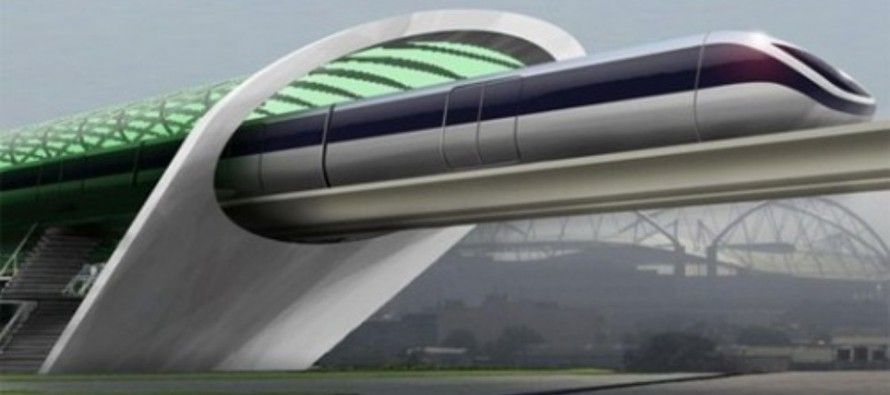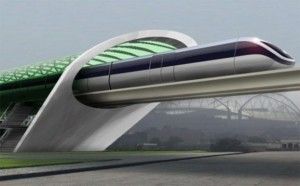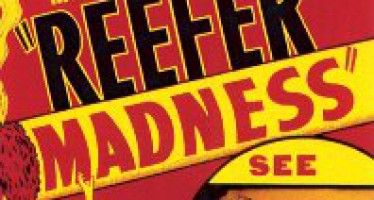A viable alternative to high-speed rail?

.
When Elon Musk talks, people listen.
He’s earned street cred — as in Wall Street — from co-founding the company that grew into PayPal; co-founding Tesla Motors, the most successful electric car start-up company; and founding SpaceX, to which NASA has outsourced future trips to the International Space Station.
 On Monday, Musk shared his much-hyped plan for a so-called “Hyperloop,” a high-speed transportation system that would be a visionary alternative to California’s planned high-speed rail system.
On Monday, Musk shared his much-hyped plan for a so-called “Hyperloop,” a high-speed transportation system that would be a visionary alternative to California’s planned high-speed rail system.
The Los Angeles billionaire offered a hint of its design this past Thursday during a Google Hangout with British billionaire Richard Branson, founder and chairman of Virgin Group. (Branson also is bullish on commercial space.)
The Hyperloop “involves a tube,” said Musk, confirming some online speculation, “but not a vacuum tube,” like those that used to be seen pre-ATM at bank drive-throughs.
What Musk has in mind, he said, is a “fifth mode” of transport “after planes, trains, cars and boats.”
That fifth mode would send passengers hurtling through low-pressure tubes in ultra sleek pods at speeds of up to 800 miles per hour. At that clip, a trip from Los Angeles to San Francisco would take a mere half hour. That’s two hours and eight minutes faster than California’s bullet train promises to make the 432-mile jaunt.
Hyperloop vs. high-speed rail
And the Hyperloop would have other advantages over the state’s vaunted high-speed rail system.
It could never crash, like the high-speed train that went off the rails in Santiago de Compostel, Spain last month, killing 79 passengers. It would be self-powered, using solar energy, which would save a fortune in electricity costs. And the ticket price for that L.A. to San Francisco excursion would be considerable lower than the $81 projected for the planned bullet train.
Perhaps the most appealing feature of Musk’s Hyperloop — at least where California taxpayers are concerned — is that it would cost nowhere near the whopping $68 billion it will cost to build the state’s high-speed rail line.
Moreover, with the backing of a proven entrepreneur like Musk, the Hyperloop could attract the billions of dollars in private investment that the state’s proposed bullet train promised, but has failed to deliver.
If there is one big reason not to get overly enthusiastic about Musk’s proposed “Hyperloop” it’s that Musk, the visionary, says he’s too busy with Tesla and SpaceX to undertake yet another Big Hairy Audacious Project.
So, on Monday, he unveiled his design for the Hyperloop, answered a few questions, then busted a move.
But that was all good. Musk doesn’t have to be the guy who actually builds the Hyperloop. There are a number of extant companies that could conceivably make that happen. And Musk could help finance the project by making a few calls to billionaire pals like Branson.
Related Articles
State mulls tough renewables law
JUNE 30, 2010 By JOHN SEILER The dream of Gov. Arnold Schwarzenegger and a majority of the California Legislature is
Recreational pot’s hazy CA future
A majority of Californians now favors the legalization of marijuana — not just for medical purposes, but recreational use. The
Public Pensions Crowding Out Services
APRIL 12, 2011 By WAYNE LUSVARDI A Chinese folk tale tells of a sculptor that placed fake money on a



